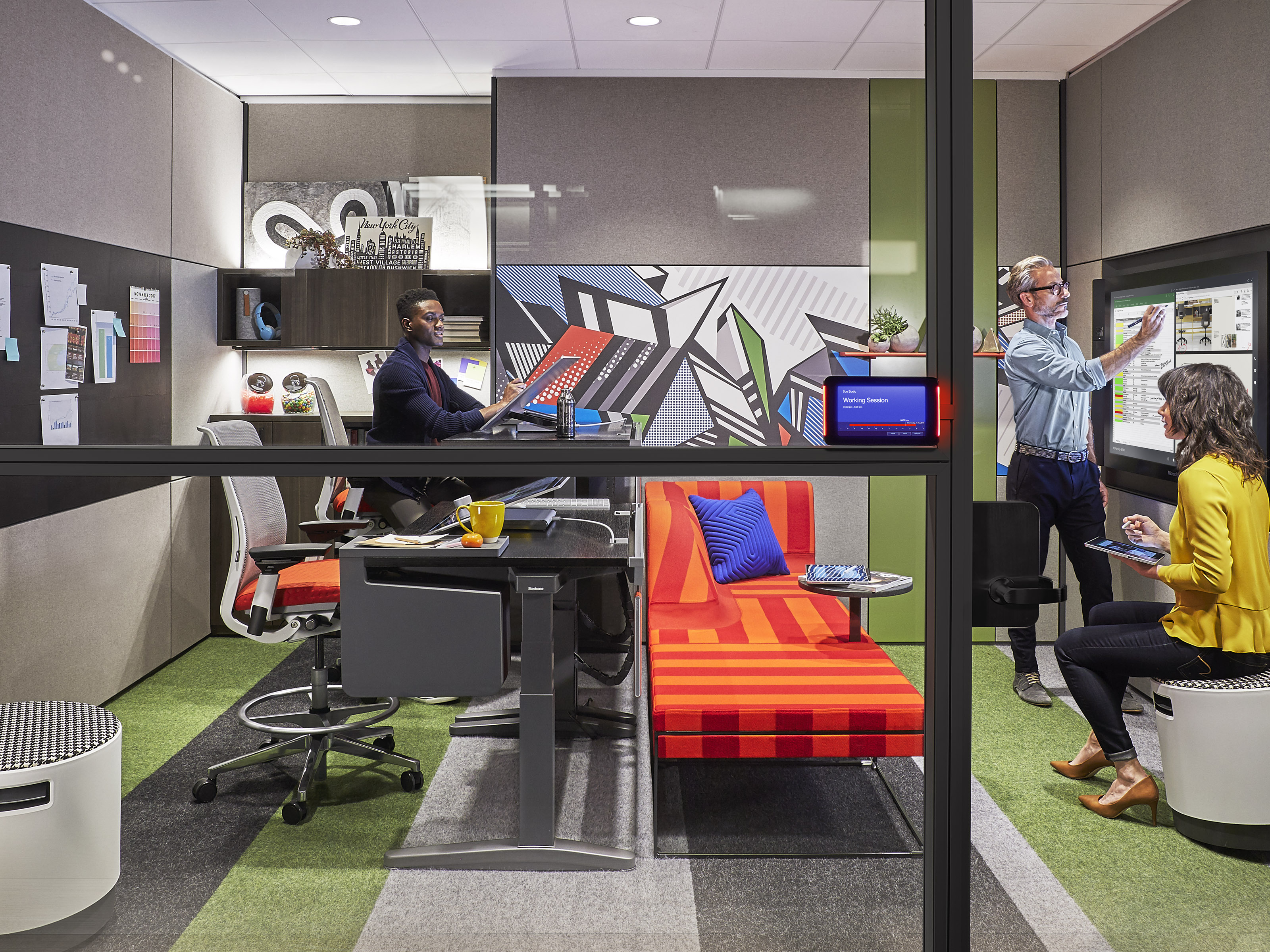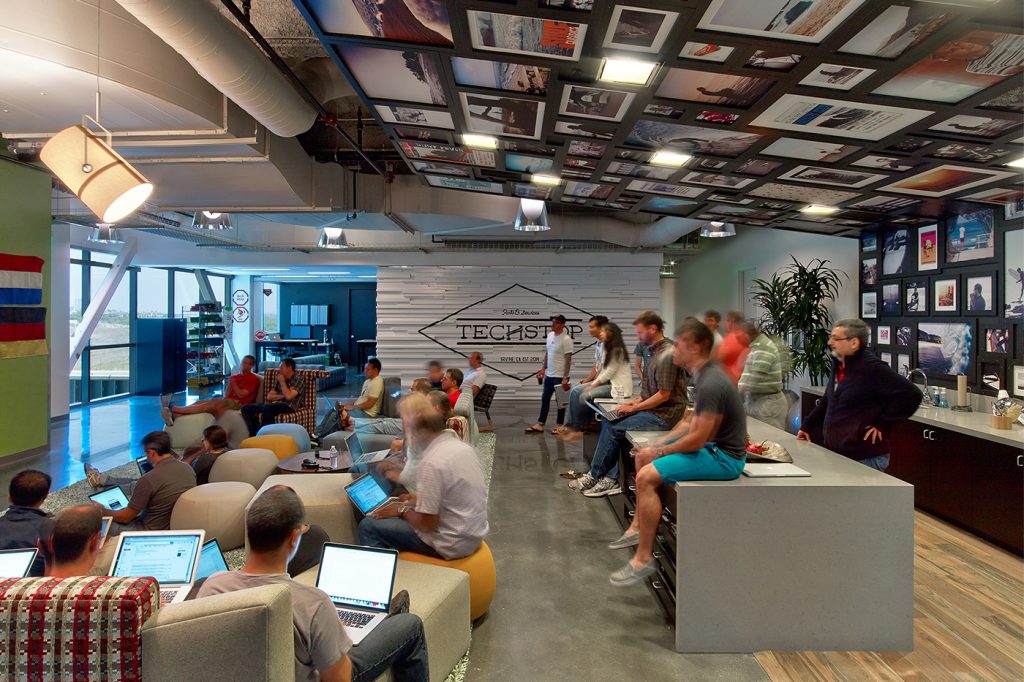Encourage Collaboration With These Office Space Design Tips
Creativity, synergy, and productivity are the lifeblood of any thriving business. Each one of these vital elements can be significantly enhanced by the design of your office space. With well-thought-out design, you can transform an ordinary office into a hub of collaboration and innovation. Here’s how you can encourage team dynamics and foster a better working environment with some smart office space design tips.
Embrace the Open Floor Plan
The days of isolating cubicles and closed offices are fading into the background. Today’s collaborative workspaces favor open floor plans that bring down the physical barriers to communication. With an open layout, team members naturally interact more, share ideas, and engage in spontaneous brainstorming sessions. However, it’s important to balance openness with the need for quiet, focused areas. Consider integrating ‘huddle rooms’ where small groups can break away for discussions without disturbing the entire office. The key is to create a flexible space that adapts to various needs throughout the workday.
Design Multipurpose Spaces
A room shouldn’t just have a single purpose. By incorporating versatile furniture and moveable partitions, you can swiftly transform a lounge area into a seminar room, or an empty corner into a brainstorming pod. Multipurpose spaces not only save on real estate costs but also encourage a dynamic and adaptable working approach. Creative use of space sparks creative thinking in the workforce. So, think beyond the traditional and consider how each area of your office can serve multiple functions with a little imagination.
Integrate Technology Seamlessly
We’re living in a digital age where technology is a central part of our daily activities. An office space that effortlessly supports technology use is essential for modern collaboration. This means having reliable Wi-Fi, plenty of power outlets, and easy access to shared screens or projectors. Teams should be able to connect their devices quickly and share digital information with ease, whether they’re sitting at their desks or lounging on a sofa in the communal area. Technology should enhance collaboration, not stand in its way.
Encourage Movement and Change of Scenery
Physical movement can lead to mental leaps. Encourage employees to move around by designing an office that has different zones for different types of work. A change of scenery can help to refresh the mind and spur new ideas. Install standing desks, create coffee break areas strategically placed away from workstations or position printers and other shared resources in central locations to encourage brief walks. These small changes can have a big impact on daily collaboration and individual well-being.
Nurture Comfort and Well-being
An office shouldn’t only be about work—it should also provide comfort and cater to the well-being of those who inhabit it. Invest in ergonomic furniture to keep your team comfortable and focused. Include elements of nature like plants or a small indoor fountain to create a serene ambiance. Comfortable and inviting spaces promote longer, more productive discussions and make employees feel valued and cared for, which in turn can foster a stronger team spirit.
Create Visual Connectivity
Visual barriers can be as obstructive as physical ones. If you do have enclosed spaces, consider using glass walls instead of opaque dividers. Glass can maintain the feeling of openness and visual connection without sacrificing acoustical privacy. Seeing colleagues at work can remind employees of the collaborative nature of the office and provide a sense of unity and shared purpose.
Add Color and Inspirational Elements
The psychological impact of color on mood and productivity has been well documented. Bright, vibrant colors can stimulate the mind and raise energy levels, while cool, muted shades can calm and aid concentration. Displaying inspiring artwork or motivational quotes can also give your team a mental boost. Choose design elements that reflect your company culture and inspire your team to collaborate and innovate.
Encourage Personalization
Employees tend to feel more engaged when they have some degree of control over their environment. Allow team members to personalize their own spaces. This might mean displaying personal items on their desks or having a say in the layout of their workspace. Personalization can make employees feel more at home and more invested in their work and collaborative endeavors.
Reflect Your Brand Identity
Your office design should be a reflection of your brand’s identity and values. This doesn’t just influence how clients perceive your business—it also affects how your team understands and connects with the company’s mission. From the color scheme to the artwork, everything should tell the story of who you are as a company. This reinforces a sense of pride and purpose, fostering a collaborative work environment where everyone is striving for a common goal.
Feedback Is Key

Last but not least, listen to your employees. They are the ones who use the space every day, and their feedback is invaluable. Find out what works for them and what doesn’t. A collaborative office is not just about aesthetics—it needs to be functional too. Regular surveys, suggestion boxes, or open-forum discussions can provide insights that help you to continuously improve and adjust your office design for maximum collaboration.
Creating a collaborative environment takes more than just good intentions—it requires a thoughtful design that encourages people to work together. Whether you’re setting up a new office or revamping an existing space, keep these tips in mind. The right design can spark creativity, energize your team, and propel your business to new heights. The walls of your office aren’t just physical structures; they are the canvas for your company’s collaborative spirit.


